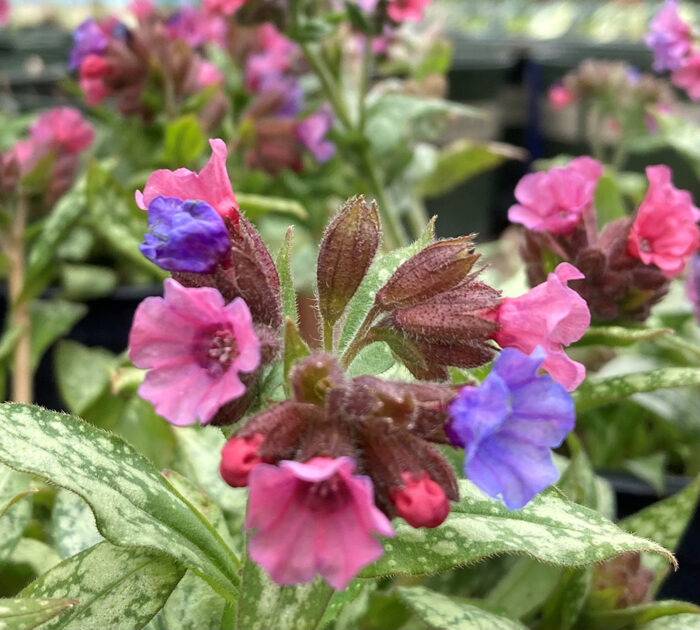
Gardening in dry shade is often considered a challenge, yet shade is actually a major plus for any gardener concerned with Northern California’s ongoing water concerns.
Surprisingly, even though they may become slightly leggy and bloom with less abandon, many sun-tolerant plants perform well in the shade—and do so using less water. For example, several rose varieties will tolerate varying degrees of shade and still bloom, and will require far less water than if they were sited in full sun.
Plants shaded from the hot afternoon sun are kept cooler, which brings down transpiration rates and in turn allows the plants themselves to retain more moisture. Soil temperatures are similarly reduced, leading to a decrease in the amount of water lost through evaporation and making more of it available to thirsty plants. Improving the soil by enriching it with organic compost further increases its moisture-holding capabilities and is crucial when creating a drought-tolerant landscape. Adequate drainage is also essential, but one of the most important keys to success when creating an attractive, shaded, drought-resistant landscape is to use drought-resistant, shade-appreciative plants. The following are a few of my favorite plants for dry shade.
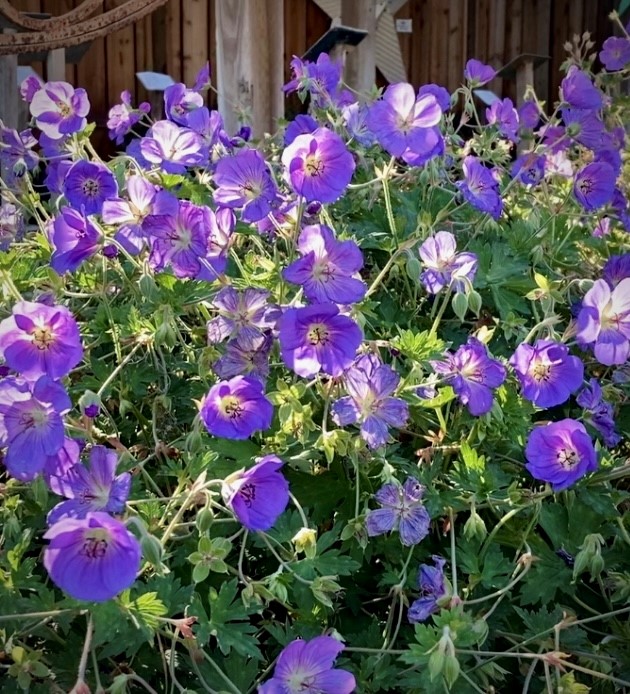
Rozanne geranium
(Geranium ‘Gerwat’, Zones 5–9)
In shade and when fully established, this particularly stunning herbaceous perennial successfully tolerates dry conditions here in NorCal but appreciates supplemental watering during extended dry periods. Rozanne is a free-flowering billowy beauty, with masses of huge, white-centered, maroon-veined, violet-blue flowers from late spring through fall. The flower show almost covers the 18-inch-tall and 24-inch-wide mounds of lush green, slightly marbled foliage. This plant is low maintenance and pest resistant, it attracts bees and butterflies, and its leaves take on reddish tints in fall, adding even further to its multiseason value. Dead-heading is not necessary, but if the plant begins to appear straggly by late summer, trim it back to promote a new flush of foliage and flowers.
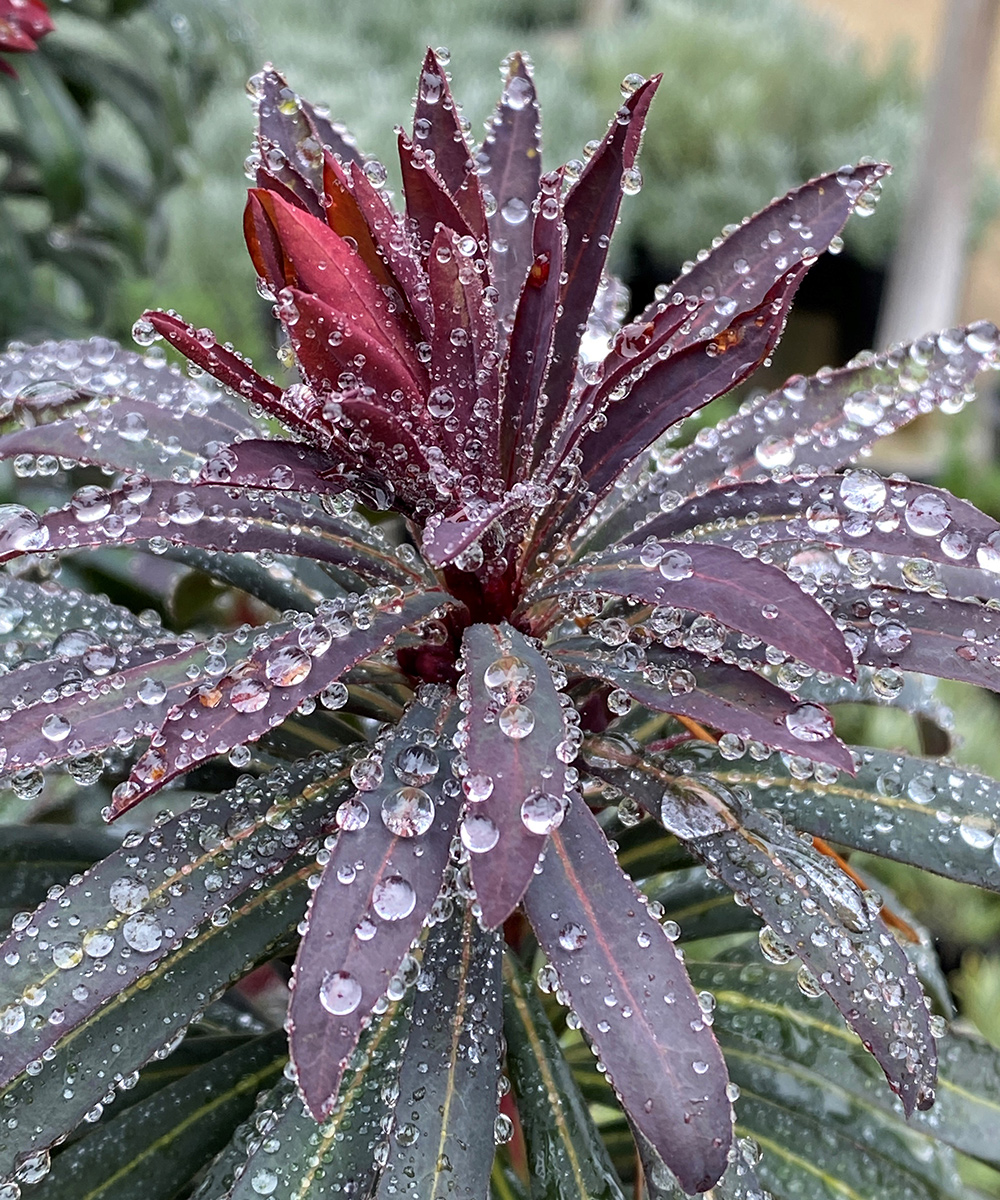
‘Miner’s Merlot’ euphorbia
(Euphorbia ‘Miner’s Merlot’, Zones 6b–9)
Evergreen in our area, this newer introduction boasts whorls of dark red–burgundy foliage carried on sturdy upright stems. The overall habit matures into a 2-foot-tall-and-wide rounded mound. From late winter through spring, contrasting, creamy chartreuse flower heads top each stem, adding even further interest to this vigorous perennial all the way into summer. ‘Miner’s Merlot’ tolerates full sun with light to regular irrigation, but it shines in shadier locations with little to no supplemental water. Prune each spent flower head all the way to the base of the stem in late summer, but be sure to wear gloves to avoid the caustic sap.
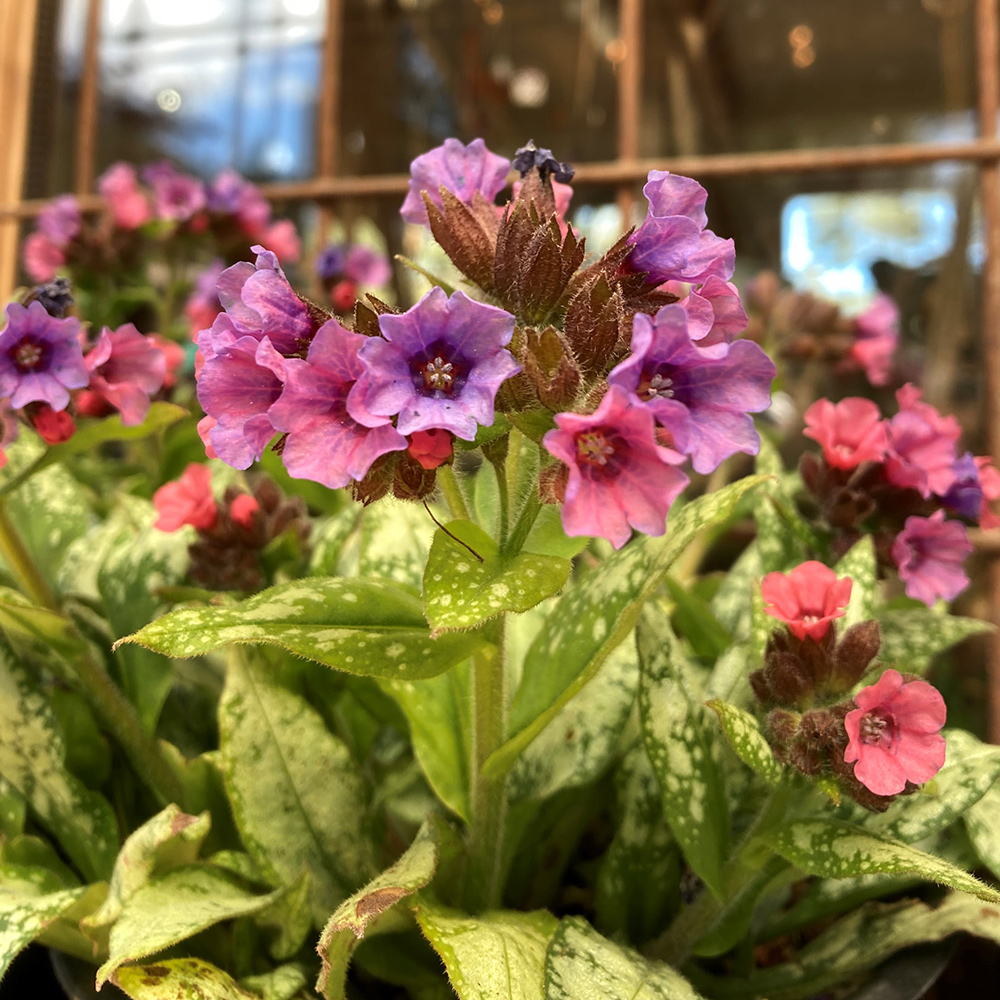
‘Dark Vader’ lungwort
(Pulmonaria ‘Dark Vader’, Zones 4–9)
With sprays of petite blue, purple, and pink bell-shaped blooms appearing from early April through May, it’s hard to find a more compelling water-wise shade perennial. ‘Dark Vader’ also has stunning silver-splashed deep green foliage and is resistant to deer, gophers, drought, and mildew. This herbaceous perennial reaches 10 inches tall and 20 inches wide and is as delightful in a container as it is in the landscape. It does best with occasional summer watering. Be sure to cut it back in early winter to make way for fresh, gorgeous foliage to emerge in the weeks that follow.
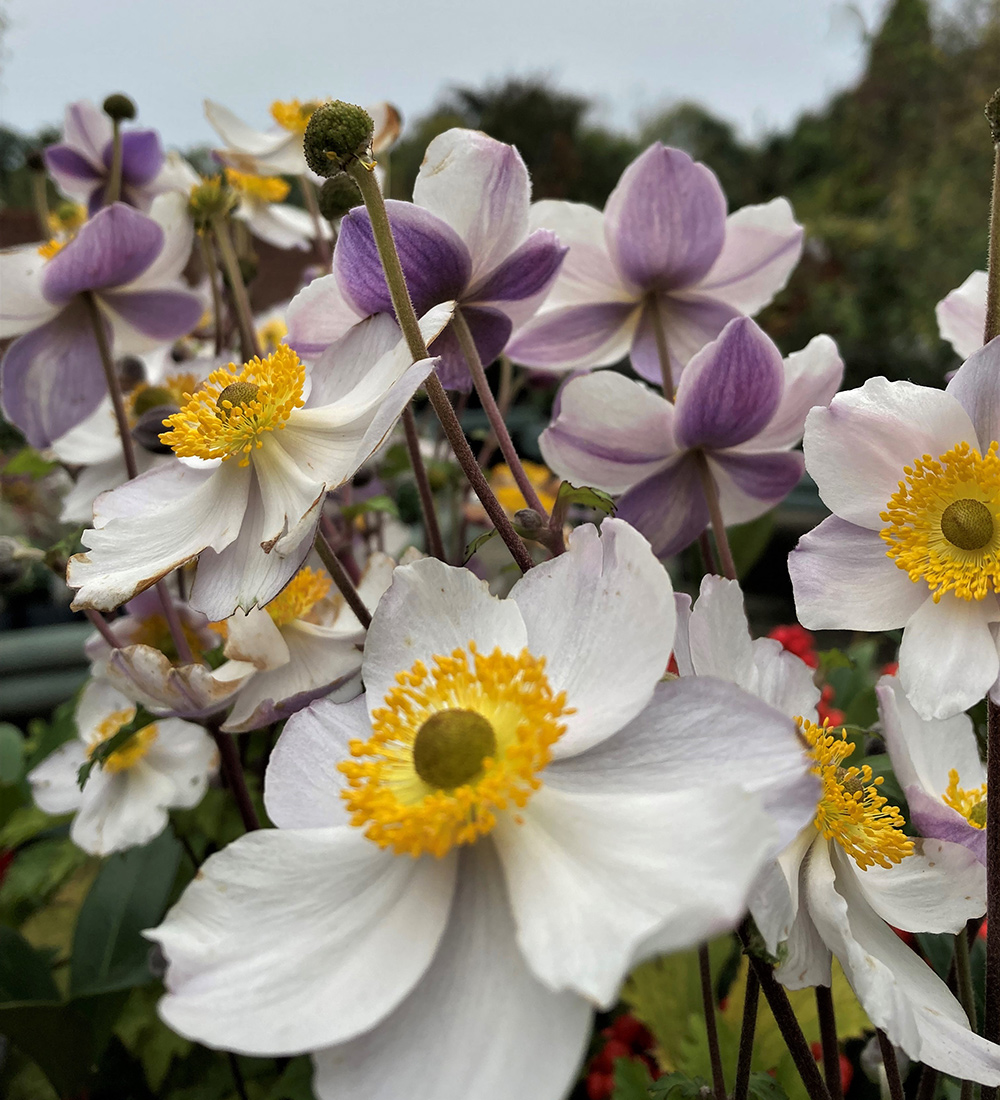
‘Dainty Swan’ Japanese anemone
(Anemone ‘Dainty Swan’, Zones 4–9)
Beloved staples for late summer and fall shade borders, Japanese anemones are carefree and deciduous, and they carry elegant, satiny flowers above a clump of basal foliage. ‘Dainty Swan’ is an exciting, newer, petite introduction (1 to 2 feet tall and wide) and a delightful mid-border candidate. The bloom habit is outstanding, with summer heralding a multitude of rosy buds that open to reveal dazzling blooms. Each flower is white with a lavender-pink reverse and sports golden centers surrounded by an olive green eye. A little irrigation in the drier months will keep the foliage fresh and your plant happy. Deadhead the spent blooms after flowering, and tidy up dead foliage in spring.
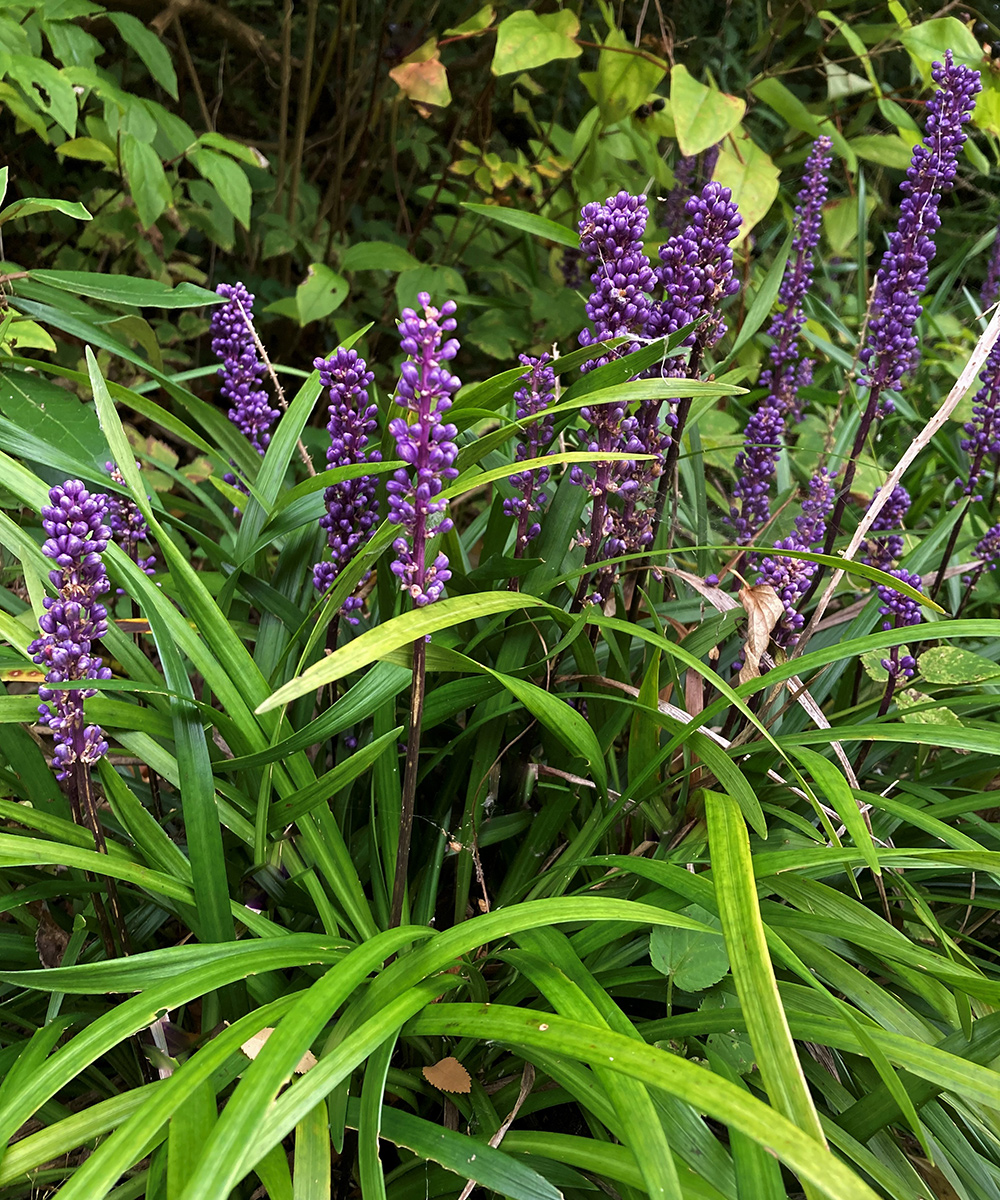
‘Big Blue’ lily turf
(Liriope muscari ‘Big Blue’, Zones 5–10)
For evergreen, drought-tolerant grassy texture in your shade garden, this rugged member of the lily family is a winner. The dense, 14-inch-tall clump of narrow, strappy, deep green foliage is topped with multiple violet-blue flower spikes in the summer months, followed by attractive clusters of shiny black berries in fall. Spreading tidily by rhizomes to form a grassy green carpet, ‘Big Blue’ needs little to no summer water and very little maintenance. Simply remove unsightly foliage before the new leaves emerge in spring, and divide the plant every two to three years for best results.
During their first and second years in the ground, even the most drought-tolerant plant needs extra irrigation. Water deeply and effectively during this formative period to avoid the development of shallow root systems. A healthy, deep root system is vital to your plants’ long-term success, including their survival during prolonged dry periods.
Continue to irrigate your plants efficiently and deeply when necessary. A drip system is a must. And don’t forget to mulch! Not only does the addition of a 3- to 4-inch layer of organic mulch help with weed suppression (thereby avoiding water competition), but it holds in moisture and keeps the soil even cooler.
For more on shade gardening in Northern California, go here.
—Fionuala Campion is the owner and manager of Cottage Gardens of Petaluma in Petaluma, California.
Photos: Fionuala Campion


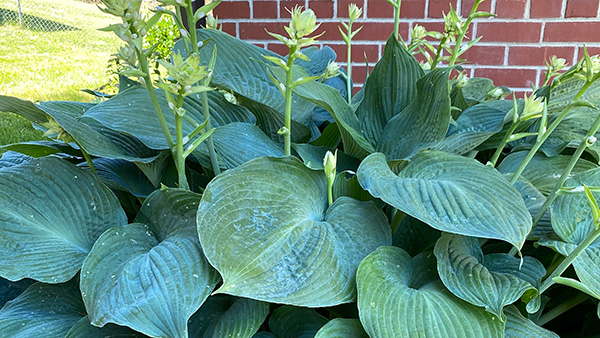
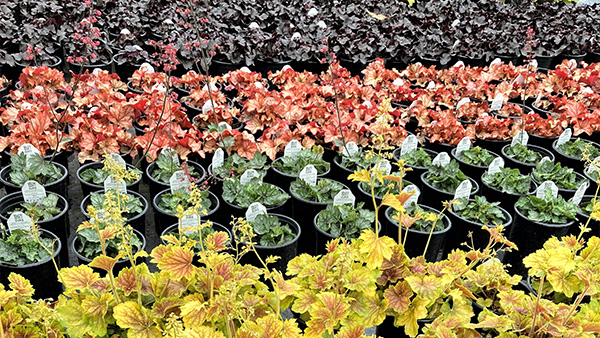














Comments
Log in or create an account to post a comment.
Sign up Log in